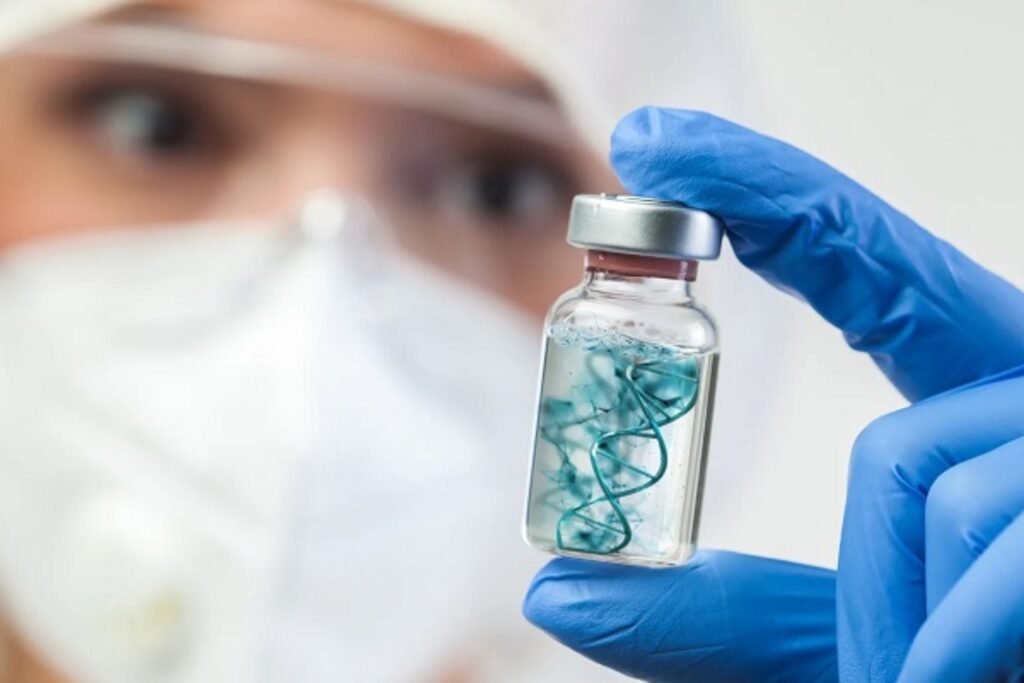The U.S. Food and Drug Administration (FDA) has approved a groundbreaking gene therapy for individuals suffering from recessive dystrophic epidermolysis bullosa (RDEB), a rare and severe Rare Skin Disorder.This treatment, known as prademagene zamikeracel or pz-cel, will be marketed under the brand name Zevaskyn. It is the first and only FDA-approved therapy for RDEB and brings new hope to patients who have long relied on regular wound care and protective bandaging. Clinical trials have demonstrated significant benefits from a single application of the therapy, which provides relief from painful wounds and promotes long-lasting healing.
RDEB, a severe form of epidermolysis bullosa, affects around 200 children annually in the United States. The condition is caused by a mutation in the COL7A1 gene, which is essential for producing collagen that holds skin layers together. When this gene is faulty, the skin becomes extremely fragile, leading to frequent blisters, painful wounds, and slow healing, which can result in serious complications over time.
Gene Therapy Positive Clinical Trial Results and Unique Treatment Mechanism
The FDA’s approval of Zevaskyn was based on the results of a clinical trial that demonstrated the therapy’s effectiveness in healing wounds and providing pain relief. After six months, 81% of large, long-lasting wounds treated with Zevaskyn showed at least 50% healing. In contrast, only 16% of wounds treated with standard care exhibited similar progress. The therapy has shown long-term benefits as well, with one study tracking the outcomes of patients for up to eight years, revealing lasting improvements after a single application.
Zevaskyn works by utilizing a patient’s own skin cells, with Gene Therapy which are genetically modified in a laboratory to introduce a corrected version of the COL7A1 gene. These modified cells then produce the functional collagen necessary for proper wound healing. The therapy is applied as a sheet of genetically modified cells, which are surgically transplanted onto the patient’s wounds. This procedure covers the majority of the affected area, aiding in faster healing, reducing pain, and offering protection against infections.
Safety Considerations and Future Availability
While Zevaskyn offers promising results, there are some potential side effects, such as procedure-related pain and itching. The FDA has advised patients to seek medical attention if they experience severe itching, hives, swelling, difficulty breathing, runny nose, watery eyes, or nausea. Additionally, there is a small risk of cancer associated with the therapy, which may necessitate lifelong monitoring for patients.
Despite these risks, the approval of Zevaskyn represents a major advancement for RDEB treatment. Amy Paller, MD, a pediatric dermatologist and clinical researcher, praised the therapy for its potential to offer long-term healing, reduce pain, and lower the risk of infection. Zevaskyn is expected to be available by the third quarter of 2025 through specialized treatment centers known as Qualified Treatment Centers in the U.S., providing a new, life-changing option for those affected by this debilitating condition.









